
A couple of times this year, I have witnessed the ant colonies in the yard swarming. Or at least, that’s what I’m inclined to call it; as a beekeeper, swarming means colony reproduction to me. But the process is different for ants, and I’m not sure swarming is the right word for their colony reproduction. All the colonies send out their young queens and drones (is drones what it’s called for ants?) to mate and presumably hibernate and start new colonies next spring. The workers do not accompany them as honey bees do. Each colony sends out dozens if not hundreds of queens. The queens seemed reluctant to leave; it looked like the worker ants were herding them out, and appeared to be chasing and even biting the young queens. The queens have good reason to be reluctant; their odds for surviving their flight are terrible. There’s a reason each colony sends out so many.
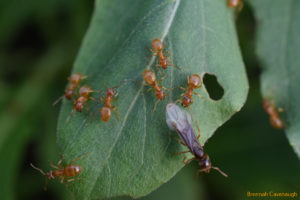

By the time I started taking pictures, most of the queens had taken flight already, (this first part happens impressively quickly) and many of those that were left had damaged looking wings. They were trying to leave, and the workers were insisting, but their wings were causing them difficulty.
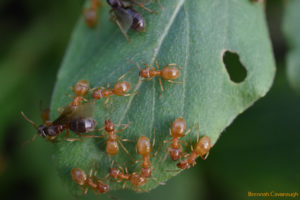



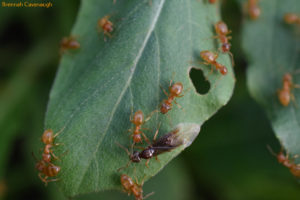
All colonies of a particular species of ant sends out their winged offspring at once, and for a few hours, the air is thick with flying ants. Not too surprisingly, any creatures that like to eat insects see this as a brief opportunity to feast.
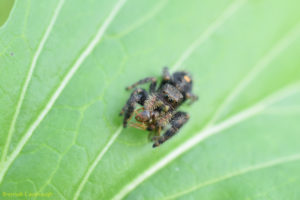
I have seen ant colonies sending out their queens in previous years, but this year, not only did I see it happen twice, it seemed like there were just a lot more ants. It seemed like every few feet was another clump of ants, sending off their young queens.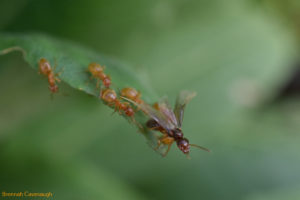

How amazing to be able to see and understand what’s going on with these tiny creatures. I feel sorry for the poor ant queens.
Yes, so do I. They make the birds and other predators very happy, though.
I so enjoy each exploration into the microcosm of your back yard, Brennah. It always feels like a mini field trip. I always learn something fascinating.
Thank you.
I suppose if you witnessed such drama TWICE this year, and noticed a greater number of ants….
Well…maybe the girls are getting stronger, and/or smarter.
🤔
I actually witnessed it a third time after making this post. It was definitely the smallest of the three, and also very different looking ants (they were much smaller and darker). It does seem like the ants are getting more numerous. I’ve wondered if it helps that we encourage insects around here.